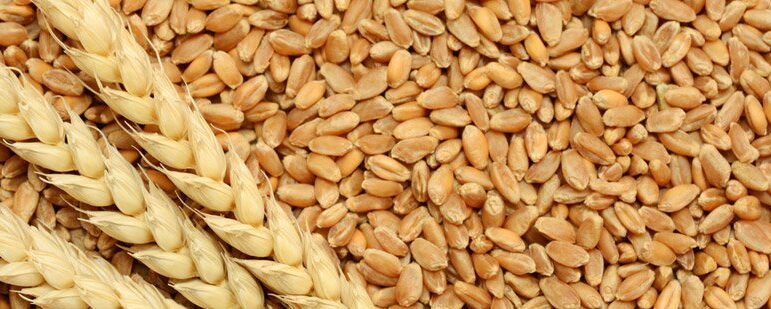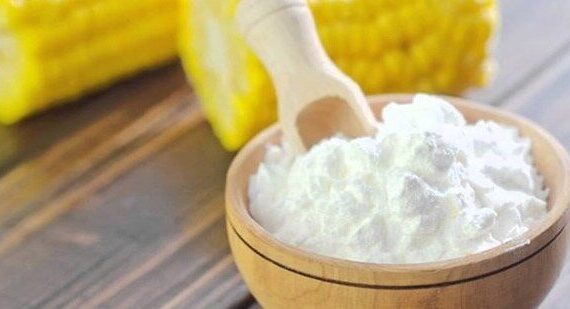🌾 Premium Indian Wheat Exporter
JFT Agro Overseas LLP supplies high-quality Indian Wheat for human consumption. Our wheat is carefully sourced, hygienically processed, nutrient-rich, and packed to ensure maximum freshness and quality for international buyers.
📌 Overview of Indian Wheat
- Wheat is a cereal grain and a leading source of vegetable protein worldwide
- Used to produce flour, semolina, bulgur, cracked wheat, and malt
- Essential ingredient in bread, biscuits, pastries, cakes, cookies, cereals, and snacks
- Highly versatile and widely cultivated due to high yield and global demand
- Nutritional benefits: Rich in protein, fiber, vitamins (B-complex, Vitamin E, K), and minerals (magnesium, phosphorus, manganese)
📌 Specifications of Indian Wheat
| Parameter | Specification |
|---|---|
| Grain Type | Wheat for human consumption |
| Protein | 12.5% Min |
| Wet Gluten | 24-25% Max |
| Moisture Content | 13.5% Max |
| Mineral Admixture | 0.15% Max |
| Harmful Impurities | 0.2% Max |
| Total Waste Impurities | 2% Max |
| Sprouted Grains | 2% Max |
| Bulk Density | 740 g/l Min |
| Radiation | Normal |
| Origin | India |
📌 Nutrition Information (per 100g)
- Energy: 1,368 kJ (327 kcal)
- Protein: 12.61 g
- Carbohydrates: 71.18 g
- Fat: 1.54 g
- Dietary Fiber: 12.2 g
- Vitamins: Thiamine 0.383 mg, Riboflavin 0.115 mg, Niacin 5.464 mg, Vitamin B6 0.3 mg, Folate 38 μg, Choline 31.2 mg, Vitamin E 1.01 mg, Vitamin K 1.9 μg
- Minerals: Calcium 29 mg, Iron 3.19 mg, Magnesium 126 mg, Manganese 3.985 mg, Phosphorus 288 mg, Potassium 363 mg, Zinc 2.65 mg, Selenium 70.7 µg
- Water: 13.1 g
📌 Health Benefits of Indian Wheat
- Controls obesity and improves metabolism
- Prevents Type 2 Diabetes and chronic inflammation
- Supports gastrointestinal health and whole-grain nutrition
- Protects against breast cancer, coronary diseases, and childhood asthma
- Promotes cardiovascular health, especially in postmenopausal women
📦 Container Capacity
| Packing | 20′FCL (MT) |
|---|---|
| Bags (25kg/50kg) | 24 |
🌍 Export Destinations
United States
South Korea
United Arab Emirates
Bangladesh
Indonesia
Malaysia
Yemen
Turkey
Oman
Somalia
✅ Why Choose Indian Wheat from JFT Agro Overseas LLP?
- Transparent communication and live product updates
- Direct management involvement in each shipment
- Stringent sourcing and quality checks
- Experience in shipping to multiple international countries
- Customer-focused service without sales pressure
🛡 How to Select a Genuine Exporter of Indian Wheat
- Verify company presence, experience, and export track record
- Check product sourcing, quality, and pricing transparency
- Physical visit, video calls, and Google verification recommended
- Trade show participation indicates credibility


 United States
United States South Korea
South Korea United Arab Emirates
United Arab Emirates Bangladesh
Bangladesh Indonesia
Indonesia Malaysia
Malaysia Yemen
Yemen Turkey
Turkey Oman
Oman Somalia
Somalia

